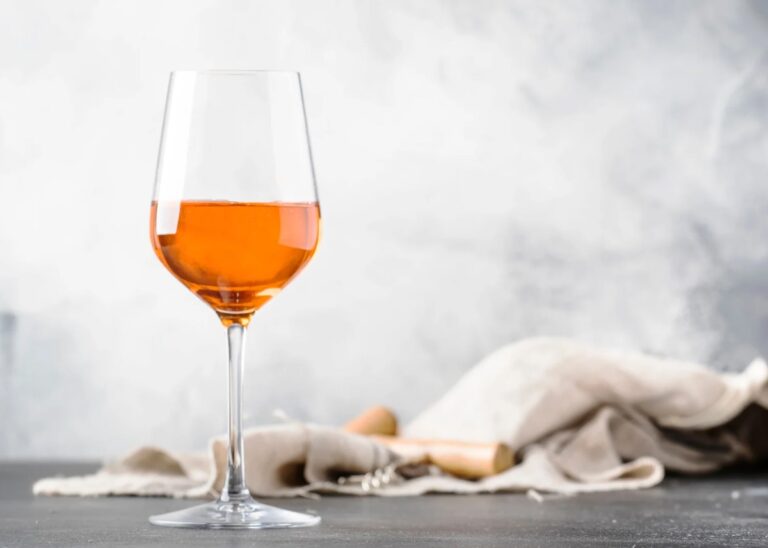[et_pb_section fb_built=”1″ _builder_version=”4.11.1″ _module_preset=”default” global_colors_info=”{}”][et_pb_row _builder_version=”4.11.1″ _module_preset=”default” global_colors_info=”{}”][et_pb_column type=”4_4″ _builder_version=”4.11.1″ _module_preset=”default” global_colors_info=”{}”][et_pb_text _builder_version=”4.11.1″ _module_preset=”default” global_colors_info=”{}”]Contents:
[/et_pb_text][et_pb_video src=”https://youtu.be/Mc3J8psEIv0″ _builder_version=”4.11.1″ _module_preset=”default” width=”75%” width_tablet=”85%” width_phone=”100%” width_last_edited=”on|phone” module_alignment=”center” global_colors_info=”{}”][/et_pb_video][et_pb_text _builder_version=”4.11.1″ _module_preset=”default” global_colors_info=”{}”]Transcript:
How Many Calories are in a Glass of Wine?
Hello, bonjour, and welcome to your new Bonner Private Wines video. Today I want to cover a topic that is not perhaps as positive and light as we usually talk about here. It’s not about terroir or beautiful sunny vineyards or skillful winemaking. But it’s important to have some real facts in mind. A reality check every once in a while.
Today, we are discussing how many calories are in wine, how much having some wine with dinner impacts on your daily calorie intake. We had some requests from some of you about it. Indeed. So let’s go to the subject.
There’s a reason why in old wine drinking countries like here in France or in Italy, we say that wine is food because it is nutritious and it does contain quite a lot of energy. How much? Let’s explain.
Where are the Calories in Wine?
Wine, as you know, comes from grape juice and grape juice is very energy dense. If you’ve ever tasted a grape juice, which I’m sure you have, you know that it’s very sweet. It’s sweeter than most other fruit juice. Grape vines love feeding their baby berries with loads of sugar goodness. Some of this energy is consumed by the fermentation before it actually becomes wine.
But the yeast don’t eat all that much energy. Not as much as you think or as we’d like. The calories contained in wine comes mainly from two components: the alcohol, the ethanol, that doesn’t taste very sweet at all, yet delivers a lot of energy, and the residual sugars. Alcohol, technically called ethanol, contains seven calories per gram. For reference, sugar contains four calories per gram, while fat like oil or butter holds nine calories per gram.
So alcohol is not as rich as oil or fat, but it’s certainly way richer than sugar. Seven against four. Think of when you burn one of those lamps that runs on alcohol. If you’ve ever thrown alcohol on a fire as well. It’s a good example. It burns very, very hot and delivers a lot of energy and gives you an idea of how many calories are in alcohol.
Then wine contains some residual sugars that weren’t fermented and that give its level of sweetness to a vino. In dry wines it’s only a few grams per liter at most. So it’s really not that many calories, but obviously some sweet wines have more sugar, so higher calorie content to consider if we calculate how many calories are in a particular wine.
The Rule of Thumb
And we’ll discuss in a minute which wine styles have more calories than others, but here is the rule of thumb. The basic facts that you have to remember just very simply, the more alcohol the wine contains, the more calories it has. Easy.
A standard glass of dry white wine at 11-12% alcohol with low sugars, say a dry, light riesling, for example, contains about 130 calories per glass. A dry red wine that is not too powerful at around 13% alcohol will contain about 150 calories, while a rich red, which is really big and loads of alcohol at 15 plus percent, would contain 170 calories.
So the rule of thumb is that on average, you can consider that a glass of wine contains about 150 calories per glass, which is about as much as an ounce of chocolate or a little more than half a cup of ice cream.
Now, consider that we are contemplating here a standard size of a wine glass, which is six fluid ounces, which is quite a large glass of wine that they would serve you at a wine bar or restaurant. Six ounces is probably a solid glass of wine like this one. That’s about double what I would serve myself or what you would normally serve yourself.
So consider that those 150 calories is for a fairly large glass of wine at home. When I help myself a glass of wine, it’s probably half. So I would count two glasses as I would normally serve them to reach these 150 calories. Still, it’s still quite a lot of energy that is actually packed in this liquid because of this alcohol that is really, really energy dense.
Calories in Different Wine Styles
We’ve mentioned a few wine styles already. The dry white wines, medium bodied reds and big strong reds as well. But how many calories are in all the types of vineyards you may be wondering? Well, a glass of sweet dessert wine like Sauternes or a rich fortified Muscat or port wine or a sweet sherry, can contain north of 200 calories per glass.
So beware of those, although they’re usually so sweet that you don’t drink that many, that much of it. You’re not tempted to have too much. I would say sparkling wines like champagnes tend to have a lower percentage of alcohol at around 12, 12 and a half percent, which results in a slightly lower calorie intake. But they tend to contain a little bit of sugar as well.
That is added at bottling just to round up the taste and balance out the acidity. A brut champagne (that’s not a champagne, it’s a cava sparkling wine, the one you had in your selection) a brut champagne, which is the most common sweetness level, contains about ten grams of sugar per liter. So in the end, those sparkling wines still contain about 125, 130 calories per glass, just like a light white wine.
Some said “low calorie” wines are generally sold as alternatives with less energy, and they do come with less alcohol content at around nine or 10%, which lowers the amount of calories. But they do come with some sugars generally. So overall, they hardly get below 100 calories per glass. It’s still 20 to 40% less calories than the standard wine, but it’s not like you can drink them indefinitely without still absorbing a fair amount of alcohol and energy. They’re not — they don’t contain very, very low calories. They’re a bit lower calorie wines. Overall, wine comes with a lot of benefits to it. How interesting it is to smell at how delicious it tastes, how it allows you to travel the world without leaving your living room.
All the satisfying aspects like sharing a bottle with friends. There’s nothing more exciting and delightful, if you ask me. Plus, many scientific studies have shown how a small daily amount of wine may even provide some health benefits, like protecting your arteries and maybe even your brain.
But it is important to keep in mind that wine is food; for the better, it complements a meal beautifully and so enjoyably for sure, but also for the worse, as it comes with some calories in it. Worth keeping in mind for a balanced diet and a healthy lifestyle.
On this final note, I’ll leave it here for today. Thanks for watching and I will see you soon in the wonderful world of wine. Cheers.
[/et_pb_text][/et_pb_column][/et_pb_row][/et_pb_section]



